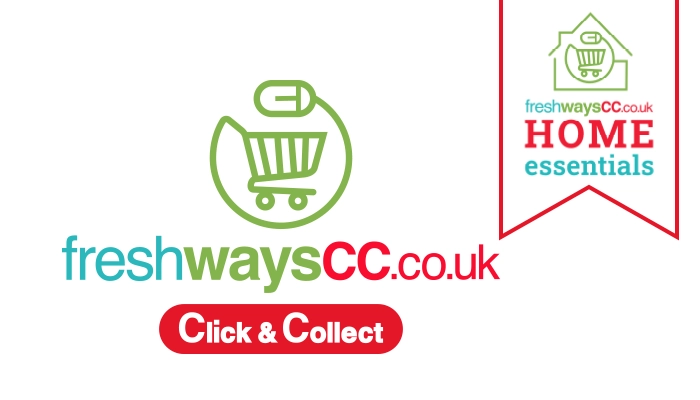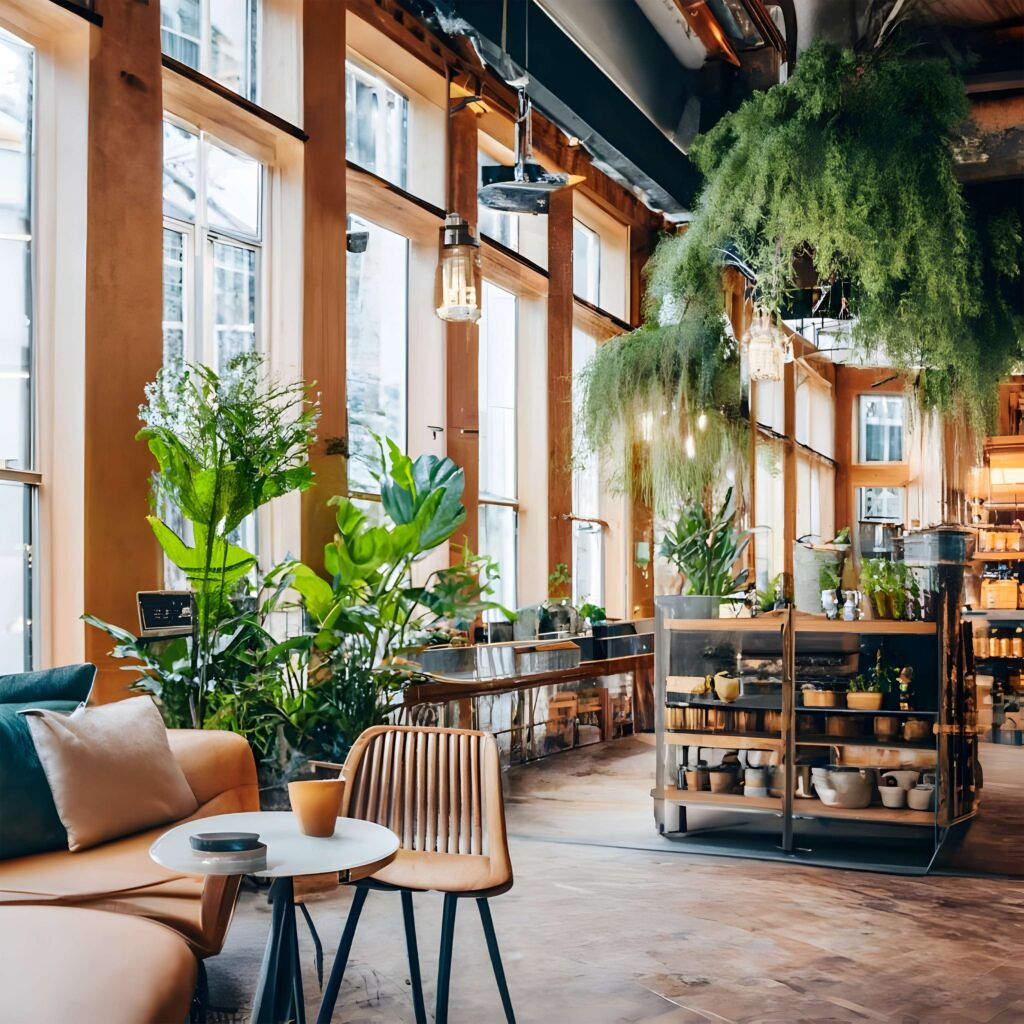Sustainability is becoming more crucial in today’s world. The food industry, including cafes, is no exception. With growing environmental concerns, customers are increasingly looking for businesses that prioritize eco-friendly practices. This trend isn’t just about following the crowd; it’s about making a real difference.
For cafes, embracing sustainability offers multiple benefits. It helps reduce your environmental impact, which is vital in the fight against climate change. Furthermore, a commitment to sustainability can attract more customers. People are more likely to support businesses that align with their values. This means that a focus on sustainability isn’t just good for the planet; it’s also good for business.
This blog is designed to guide cafe owners who want to make their businesses eco-friendlier. It will provide practical steps that you can start implementing right away. These steps are not only easy to follow but also effective in making your cafe more sustainable. By the end of this blog, you’ll have a clear understanding of how to reduce your cafe’s environmental impact and attract eco-conscious customers.
Step 1: Reduce Energy Consumption
- Use Energy-Efficient Appliances
Switching to energy-efficient appliances can significantly reduce your cafe’s energy use. For example, LED lighting uses less power and lasts longer than traditional bulbs. Similarly, energy-star rated appliances, like refrigerators and ovens, consume less electricity. This not only lowers your energy bills but also reduces your cafe’s carbon footprint. Making these changes is a simple yet effective way to start your sustainability journey.
- Implement Energy-Saving Practices
In addition to using efficient appliances, adopting energy-saving practices can further cut down on energy consumption. Simple actions like turning off equipment when it’s not in use can make a big difference. Optimizing your heating and cooling systems also helps in reducing unnecessary energy use. Where possible, take advantage of natural light instead of artificial lighting. These small adjustments are easy to implement and contribute to a more sustainable operation.
Step 2: Minimize Waste
- Adopt a Zero-Waste Mind set
Adopting a zero-waste mind set means aiming to eliminate waste wherever possible. For cafes, this could involve rethinking how you manage food, packaging, and daily operations. Start by evaluating areas where waste is most commonly produced and look for alternatives that reduce or eliminate this waste. Zero-waste is not just a goal; it’s a way of thinking that influences every decision in your cafe.
- Reduce Food Waste
Food waste is a significant issue in the hospitality industry. To tackle this, consider offering smaller portion sizes to reduce leftovers. You can also get creative with food scraps by incorporating them into new dishes or specials. Donating surplus food to local charities is another excellent way to ensure that nothing goes to waste. By managing food waste effectively, you not only save money but also support your community.
- Eliminate Single-Use Plastics
Single-use plastics contribute heavily to environmental pollution. Replace them with reusable or compostable alternatives wherever possible. For instance, offer customers the option to use reusable cups or encourage them to bring their own. Using compostable packaging for takeaway items is another way to minimize plastic waste. These changes can significantly reduce your cafe’s environmental impact.
Step 3: Source Sustainably
- Buy Local and Organic
Sourcing ingredients locally and choosing organic options can greatly reduce your cafe’s carbon footprint. Local suppliers often use fewer resources to transport goods, which means less pollution. Organic farming methods are better for the environment as they avoid harmful chemicals. By buying local and organic, you’re supporting sustainable practices and offering your customers higher-quality products.
- Ethical Sourcing
Ethical sourcing involves choosing products that are produced in a socially and environmentally responsible way. Support fair trade products like coffee, tea, and chocolate. These items ensure that farmers and workers receive fair wages and work in safe conditions. Ethical sourcing is not just about quality; it’s about making sure your cafe’s supply chain respects people and the planet.
- Seasonal Menus
Creating menus based on seasonal ingredients helps support local farmers and reduces your environmental impact. Seasonal produce is often fresher, tastier, and requires less energy to produce and transport. By adapting your menu to what’s in season, you offer customers the best of what’s available while contributing to a more sustainable food system.
Step 4: Conserve Water
- Install Water-Efficient Fixtures
Water is a precious resource that needs to be used wisely. Investing in water-efficient fixtures, such as low-flow faucets, dishwashers, and toilets, can reduce your cafe’s water usage. These fixtures are designed to perform efficiently while using less water. Over time, this can lead to significant savings on your water bills and help conserve an essential resource.
- Reuse Water Where Possible
There are also ways to reuse water within your cafe. For example, you could collect rainwater for use in your plants or cleaning. This reduces your reliance on mains water and makes use of what would otherwise be wasted. Implementing water reuse practices shows a commitment to sustainability and resource conservation.
Step 5: Promote Eco-Friendly Practices
- Educate Staff and Customers
Education is key to making sustainable practices work. Train your staff on the importance of sustainability and how they can contribute. Encourage customers to get involved too. Simple actions like offering discounts for bringing their own cups or explaining your green initiatives can make a big difference. When everyone is on board, sustainability becomes a shared responsibility.
- Marketing Your Green Efforts
Promoting your sustainability efforts is important for attracting eco-conscious customers. Use your marketing channels, such as social media and in-store signage, to highlight what your cafe is doing to be more sustainable. Share stories, tips, and updates on your green initiatives. This not only raises awareness but also builds your cafe’s reputation as a responsible business.
Step 6: Partner with Green Initiatives
- Collaborate with Eco-Friendly Brands
Partnering with eco-friendly brands and suppliers strengthens your commitment to sustainability. Choose partners who share your values and offer products or services that align with your goals. This collaboration can also introduce you to new ideas and innovations that further enhance your sustainability efforts.
- Join Environmental Programs
Joining local or national environmental programs or seeking sustainability certifications can enhance your cafe’s credibility. These programs often provide resources, support, and recognition that can help you on your sustainability journey. Being part of a recognized initiative also reassures customers that your efforts are genuine and effective.
Read More: Health and Safety Checklist for Cafe
Conclusion
Making your cafe more sustainable is a journey that begins with small steps. Start by reducing energy consumption through efficient appliances and smart practices. Minimise waste by adopting a zero-waste mind set, reducing food waste, and eliminating single-use plastics. Source ingredients sustainably by choosing local, organic, and ethically sourced products. Finally, strengthen your commitment by partnering with eco-friendly suppliers and joining environmental programs.
Now is the time to take action. Every small change you make contributes to a larger positive impact. Start implementing these steps in your cafe today. Sustainability is not just a trend; it’s a responsibility. By making these changes, you’re not only helping the environment but also appealing to a growing base of eco-conscious customers.










